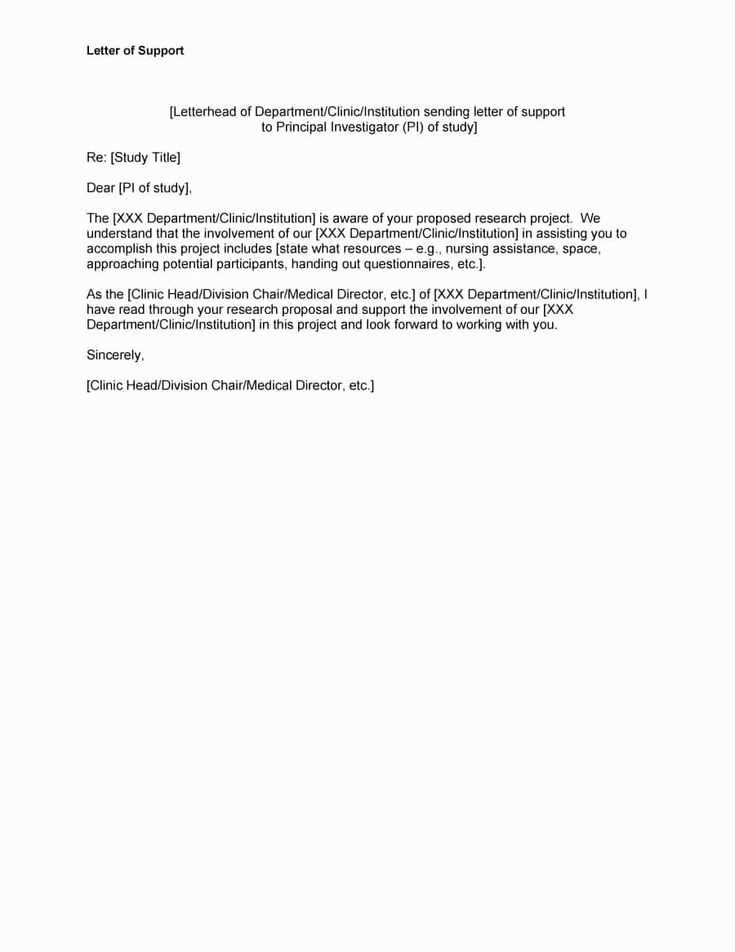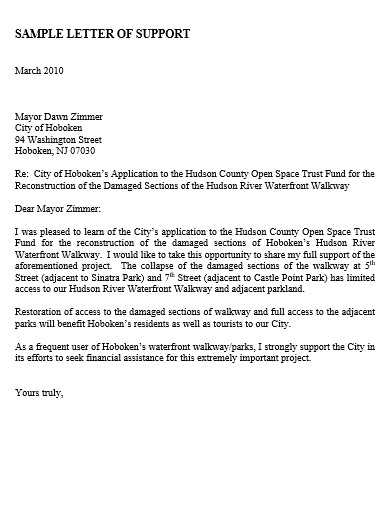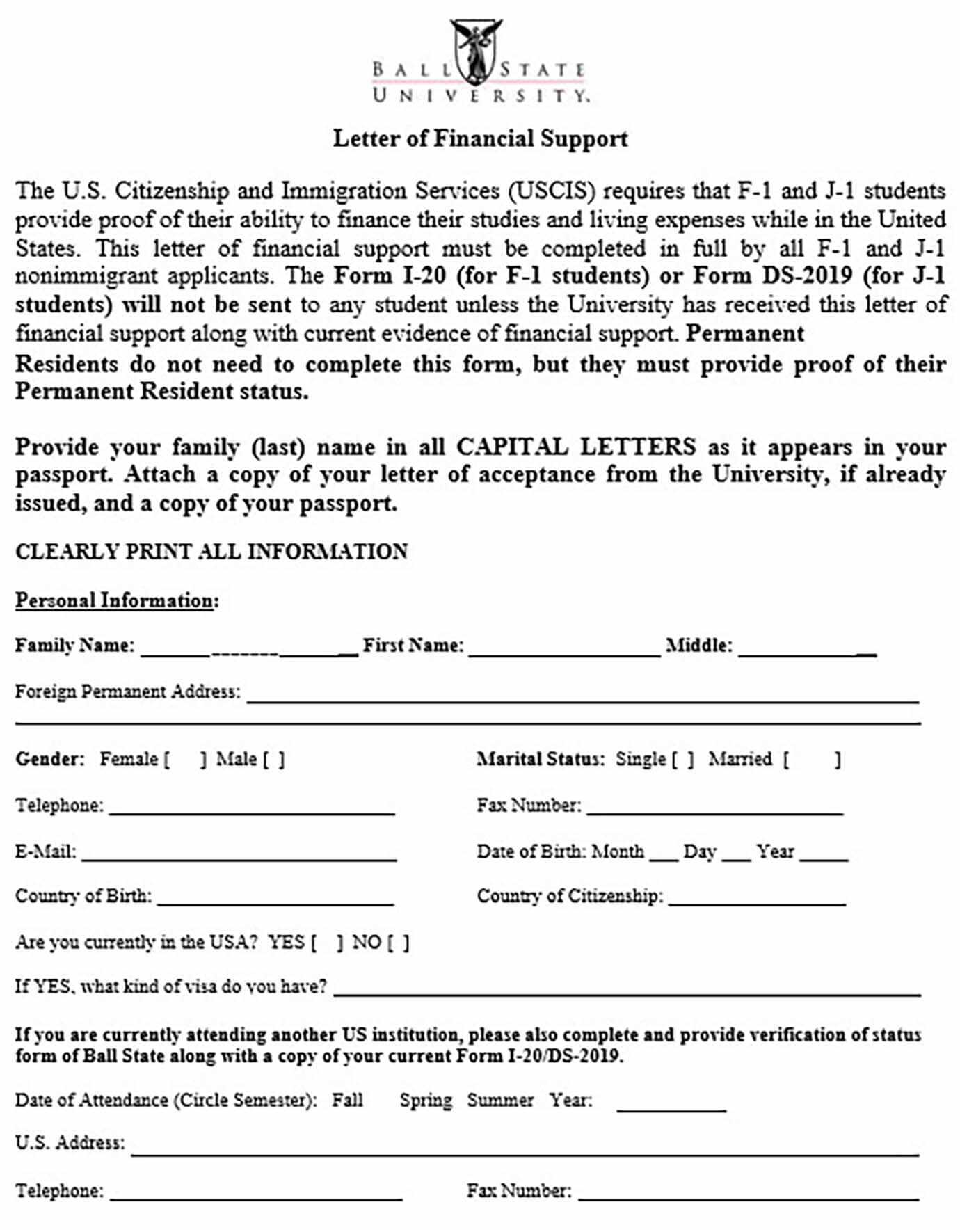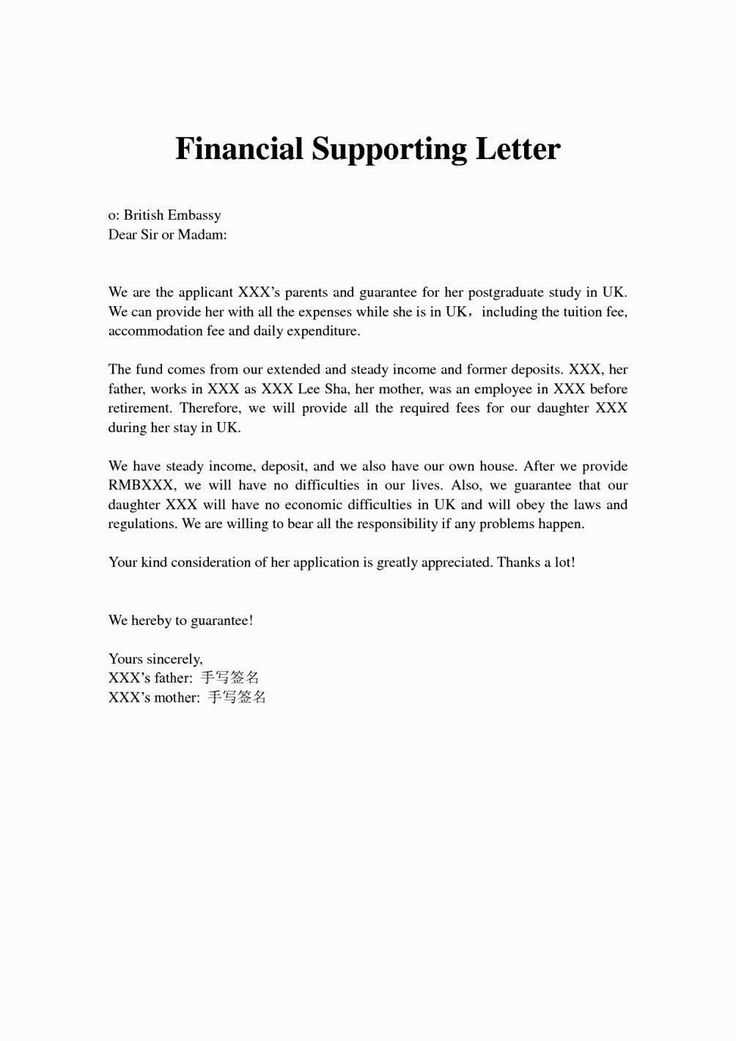Effective Parole Letter of Support Template

Writing a compelling statement in support of someone’s request for early release is a crucial task. A well-structured document can significantly improve the chances of a favorable outcome by effectively conveying the individual’s qualifications for a reduced sentence or conditional freedom. This guide will walk you through the essential components to include, ensuring the document is both convincing and appropriate.
Key Aspects to Include in Your Appeal

The content of your statement should highlight several key points. Begin by demonstrating the character and the efforts made by the individual to rehabilitate. A strong emphasis on the positive changes and responsible actions taken can create a powerful argument for granting the release.
- Character assessment: Focus on personal growth, involvement in community service, or any educational achievements.
- Evidence of rehabilitation: Detail the steps taken to address past behaviors and make amends where possible.
- Support network: Mention family, friends, or community groups who can vouch for the person’s readiness to reintegrate into society.
Making Your Argument Convincing
To persuade those reviewing the appeal, it’s important to be both clear and honest in your writing. Provide concrete examples that illustrate the person’s transformation and readiness for a second chance. Avoid general statements; instead, focus on specific actions that show real change.
Final Considerations Before Submission

Once the content has been carefully crafted, make sure to review it for clarity, tone, and accuracy. A well-written, professional submission can make a significant difference. Double-check for any grammatical errors, ensure all facts are accurate, and ensure the message remains respectful and confident.
Writing a Strong Appeal for Release
Creating a powerful request for early release requires a clear and focused approach. A well-crafted document can play a critical role in conveying the individual’s readiness for reintegration and the positive steps taken towards personal growth. This section will guide you through the important aspects of building an effective case, ensuring that the appeal stands out to decision-makers.
When preparing such a request, understanding its purpose is key. The goal is to demonstrate that the individual has made significant changes and is now prepared to reintegrate into society. This involves highlighting specific actions that reflect responsibility and positive transformation.
Important Elements to Include in Your Request

There are several critical components to ensure the message is compelling. Begin by showcasing personal achievements and any steps taken to address past behavior. Support from family or community members can also strengthen the case for release.
- Character evidence: Discuss the individual’s progress in rehabilitation, including any education or vocational training completed.
- Concrete examples: Provide specific actions taken that reflect a commitment to change, such as community service or participation in programs.
- Family and community support: Mention the role of supporters who can vouch for the person’s readiness for a second chance.
Addressing the Review Panel
It is essential to show respect and formality when addressing the panel. Maintain a professional tone, ensuring the message conveys sincerity and respect for the process. The statement should be addressed directly to the reviewing authority, demonstrating understanding of their role in the decision-making process.
How to Make Your Appeal Convincing

To enhance the impact of your message, provide specific examples of the individual’s progress. Avoid generalizations and focus on tangible evidence of improvement. Ensure the tone is respectful yet confident, presenting a clear case for why the person should be granted a second chance.
Common Mistakes to Avoid

Avoid including irrelevant details or overly emotional language. The review process is based on facts and a clear demonstration of change. Do not exaggerate or make unsubstantiated claims, as this can undermine the credibility of the appeal.
Final Steps Before Sending
Before finalizing the submission, take time to review the document for clarity, accuracy, and tone. A well-organized and thoroughly proofread request will make a stronger impression. Ensure all supporting documents are included and check that the appeal is addressed to the correct authority.